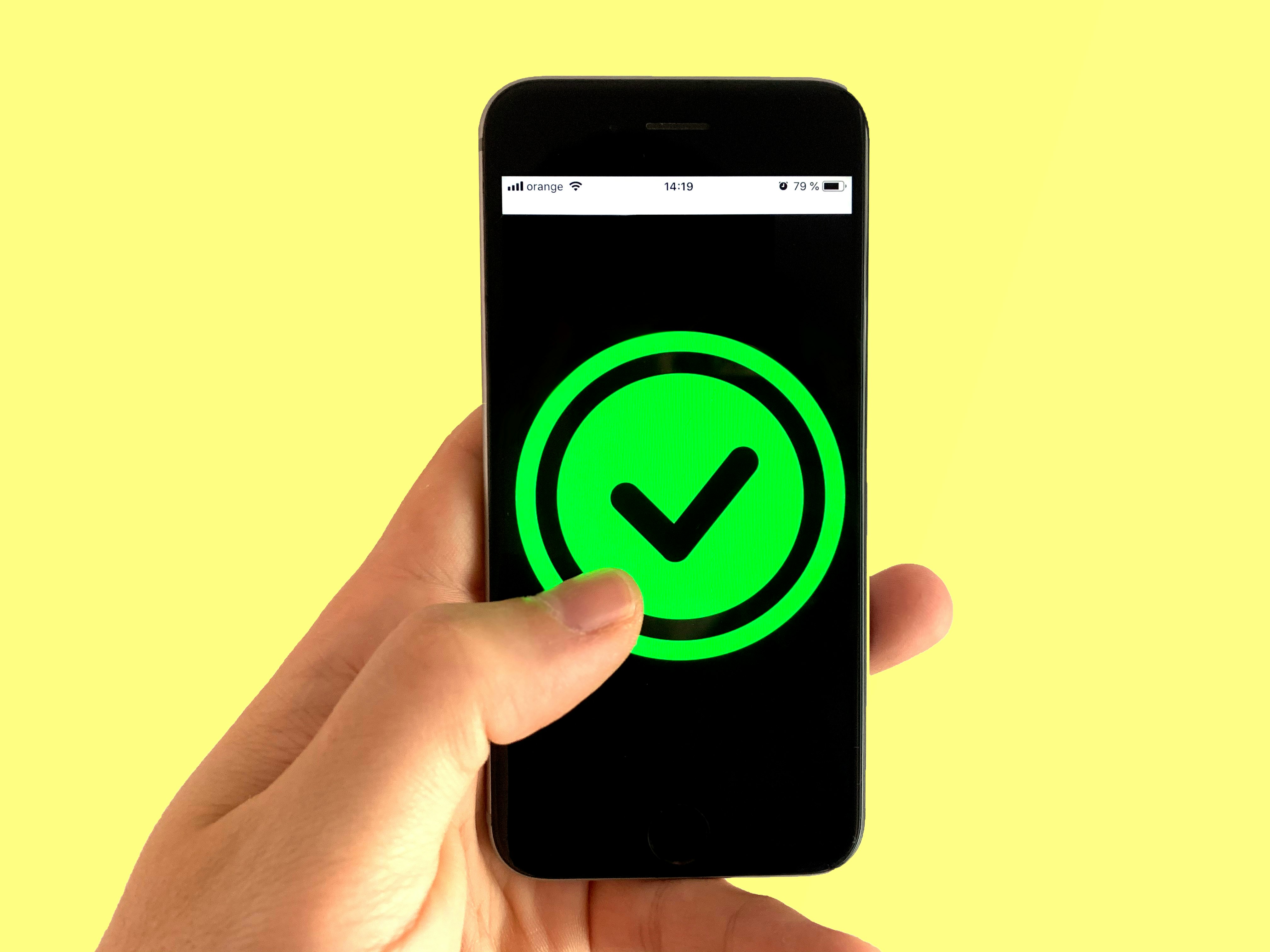 Secured Signing focuses on the strategy of helping lenders save money while providing excellence in customer service. The company claims to make it so easy to migrate to a remote online notary (RON) environment. Its executives have managed the in-house and outsourced notary needs of some of the industry's largest lenders and managed teams of thousands of notaries.
Secured Signing focuses on the strategy of helping lenders save money while providing excellence in customer service. The company claims to make it so easy to migrate to a remote online notary (RON) environment. Its executives have managed the in-house and outsourced notary needs of some of the industry's largest lenders and managed teams of thousands of notaries.
To hone their technology skills, they left the mortgage space in the mid 2000’s, which at the time was talking a lot about e-mortgages but adoption was slow, to focus on faster paced industries like healthcare and legal. This helped them learn quickly and build an agile system, able to cope with fast changing technological and regulatory environments.
Fast-forward, they have re-entered the mortgage space with a premier SaaS platform that aims to deliver simple, smart, and secured Digital Signatures and Remote Online Notarization excellence, as well as quality in service at lower prices than the big competitors.
There used to be eight companies doing notary management a few years ago, now there are 42, according to Secured Signing. Technology adoption has accelerated and, while the need to save money is still driving many decisions, the fear of money lost and being left behind is also a big consideration. Additionally, the refinance market is quickly moving to a purchase one, as interest rates have risen dramatically.
So, what would you look for from a notary services company coming into such a market?
They need to offer cost savings. First things first, the immediate bottom line has to be considered. Secured Signing says it addresses this by helping lenders migrate from a hybrid process in which in-person notaries are involved to one that can be done completely remote. The remote closing documents can be cycled through MERS and immediately sold in the secondary market. This speeds the time in close, reduces warehouse draw times and eliminates the cost that comes with potential errors.
The solution needs to offer flexibility. Even though Fannie and Freddie except e-closings there is still hesitation on the part of some buyers in the secondary market. This is a concern for brokers who want to be able to sell to whomever offers the best price. To address this, Secured Signing doesn’t necessitate the elimination of the human element. They will train a lender's notary on how to use their system so that everything can stay compliant while also driving efficiency.
Lenders can also supplement their staff with notaries managed by Secured Signing. At the end of the month when volumes surge or during off hours, these flexible resources, which have been trained on the Secure Signing system, can improve customer service, and speed the process, the company says.
The solution needs to help drive purchase mortgages. Secured Signing offers four levels of verification.
- Knowledge-based authentication: Homebuyers are asked five personal questions
- ID verification: The government ID presented at closing is verified as authentic
- Biometric match: Matches the person's face with the ID
- Stare and compare: The notary looks at all elements and makes sure things match
Secured Signing’s collaborative DEV team is always seeking innovative ways to engage business by delivering new features and platform enhancements that help simplify the process. The most recent set of new features include Notary Queue and Snapshot.
Seven years ago, they introduced a video component. This offers proof of willingness, intent, understanding and lack of duress. The signers are asked to attest to these facts when on camera. Lenders then have an audio-visual affirmation as well as a secured auto trail.
How does any of this drive purchase mortgages? These biometric validations can be done for international purchasers, a high-margin group that accounts for an increasing share of the purchase market. Secure Signing can validate over 4,000 ID’s as being genuine. Foreign buyers can complete the signing process from wherever they are.
Being cost conscious, customer centric, and flexible are foundational for lenders that are looking to survive. Being able to take steps to expand your purchase market footprint is another core tenant. When choosing third party vendors, it is imperative that you look for companies that share your goals and support your go-forward strategy.
